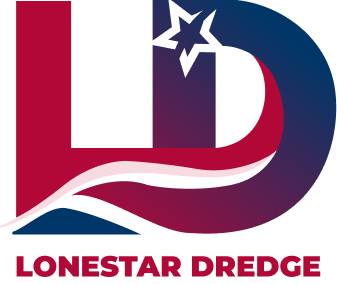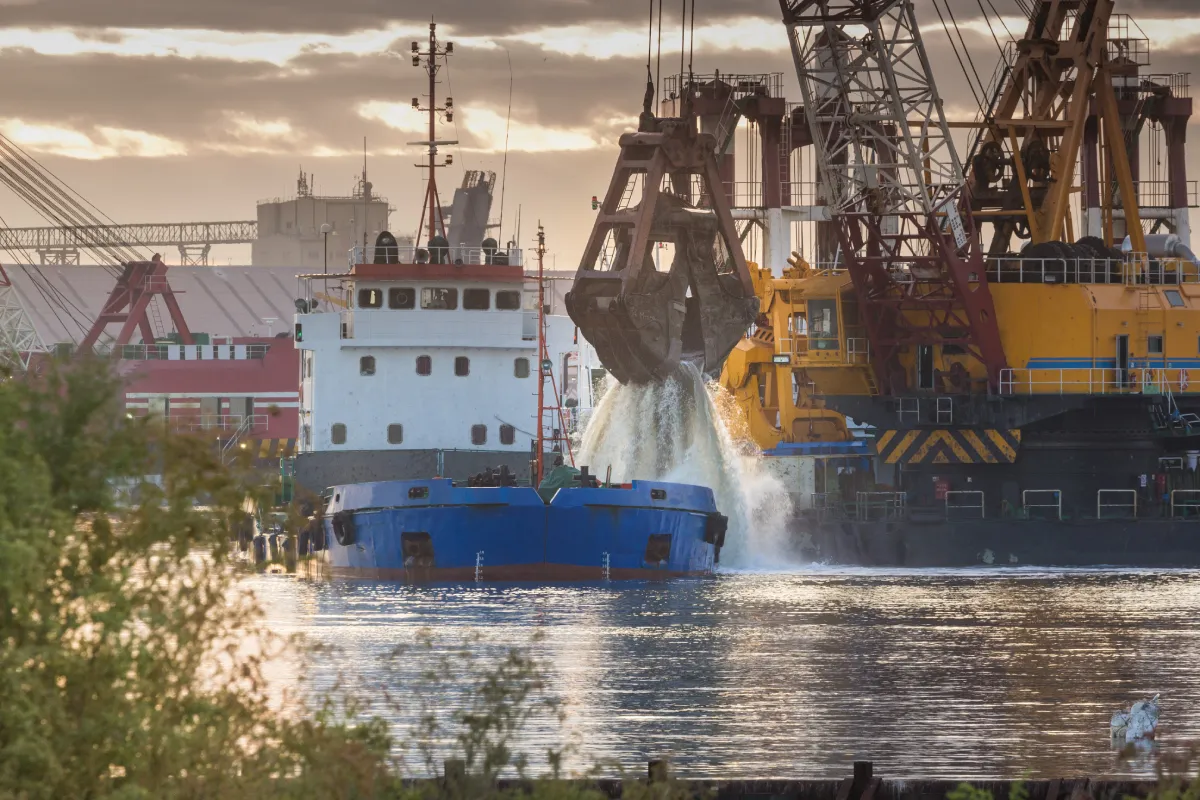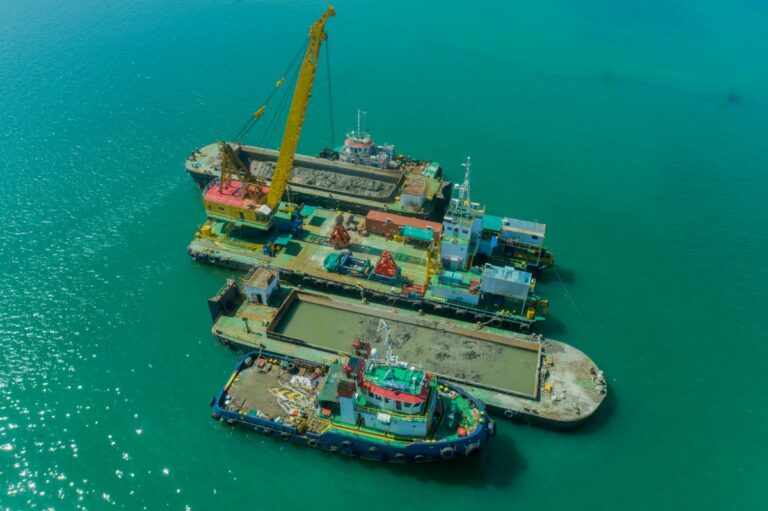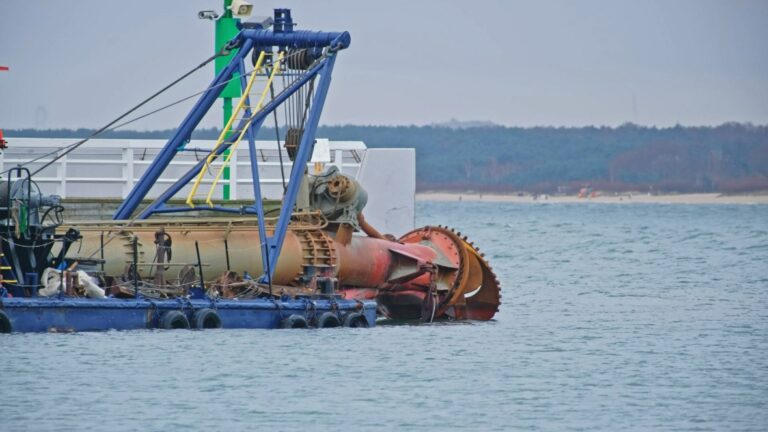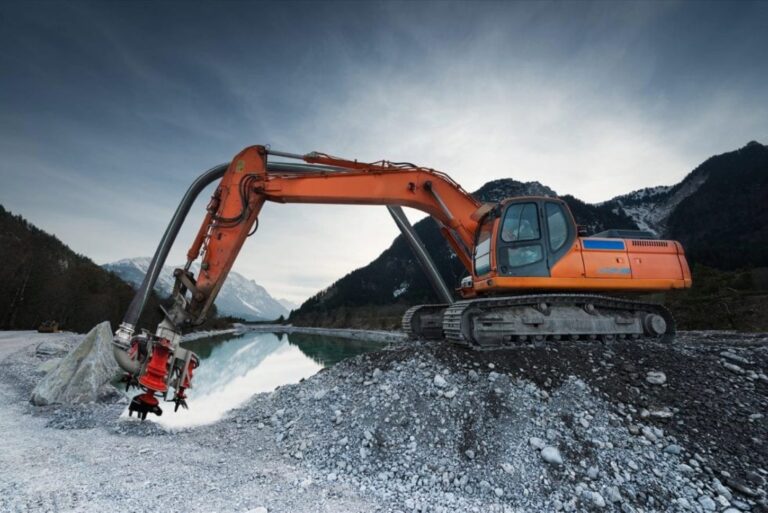Coastal and environmental restoration projects are becoming more critical as rising sea levels, erosion, and sediment buildup threaten ecosystems and infrastructure. Traditional ownership of dredging equipment can be costly and inflexible, often leaving contractors with outdated technology or idle machinery between projects. By contrast, dredge rental provides an adaptable solution—giving project managers access to the right tools, from dredge pump rental for high-solids transport to pond dredge rental for precision pond and lagoon restoration. This approach not only reduces costs but also ensures restoration projects meet environmental and regulatory demands efficiently.
Why Dredge Rental is Transforming Coastal and Environmental Restoration
Environmental and coastal restoration projects face increasing complexity as stricter regulations, unpredictable weather events, and diverse site conditions demand adaptable dredging solutions. Traditional equipment ownership often struggles to keep pace with these demands, whereas dredge rental offers contractors, municipalities, and environmental agencies the flexibility to respond quickly and efficiently.
One of the biggest drivers is cost efficiency. Purchasing a dredge requires significant capital investment, ongoing maintenance, and storage considerations. By contrast, renting allows project managers to allocate resources only when equipment is needed, freeing up budgets for other critical aspects of restoration work. This shift is particularly valuable in projects such as shoreline stabilization, lagoon dredging, or pond dredge rental, where usage is seasonal or project-specific.
Equally important is the ability to mobilize equipment rapidly for emergency restoration. Events such as storm surges, coastal erosion, or flooding often require immediate intervention. With rental fleets, specialized pumps and dredges can be dispatched quickly, reducing downtime and ensuring that restoration efforts begin without costly delays.
Key advantages of dredge rental include:
- Lower capital expenditure – pay only for the equipment you need, when you need it.
- Access to the latest dredging technologies – modern dredge pump rental options are designed for higher efficiency and compliance with environmental standards.
- Short-term or long-term adaptability – from a few weeks of pond dredging to multi-month coastal projects, rental contracts can be scaled to fit project timelines.
Comparing Dredge Ownership vs. Rental
When planning environmental or coastal restoration, one of the first considerations is whether to purchase or rent dredging equipment. While ownership may seem appealing for organizations with frequent, large-scale dredging needs, dredge rental is increasingly the preferred option for projects that are shorter in duration, highly specialized, or budget-sensitive.
Ownership ties up capital in a single asset and requires ongoing maintenance, skilled operators, and storage infrastructure. In contrast, renting provides the flexibility to match equipment to each unique project, from dredge pump rental for high-solids sediment removal to pond dredge rental for smaller water bodies. This adaptability ensures that the limitations of their own fleet don’t constrain contractors and agencies.
Below is a structured comparison of ownership versus rental:
| Aspect | Owning Dredge Equipment | Renting Dredge Equipment |
| Capital Investment | High upfront purchase cost | Low upfront, pay-as-needed |
| Maintenance Responsibility | Owner covers repairs, parts, and labor | Typically included or supported by the rental provider |
| Flexibility | Limited to existing fleet capacity | Wide range of models to fit project scope |
| Technology Access | Fixed to purchase date specifications | Access to the latest dredging technology |
| Project Suitability | Best for frequent, large-scale projects | Ideal for varied, short-term, or seasonal work |
For most restoration projects, renting a dredge proves more sustainable. It reduces financial burden, accelerates project start-up, and ensures compliance with evolving environmental standards. More importantly, it enables project managers to focus on restoration outcomes rather than the long-term ownership responsibilities associated with heavy equipment.
Types of Dredge Rental Options for Restoration Projects
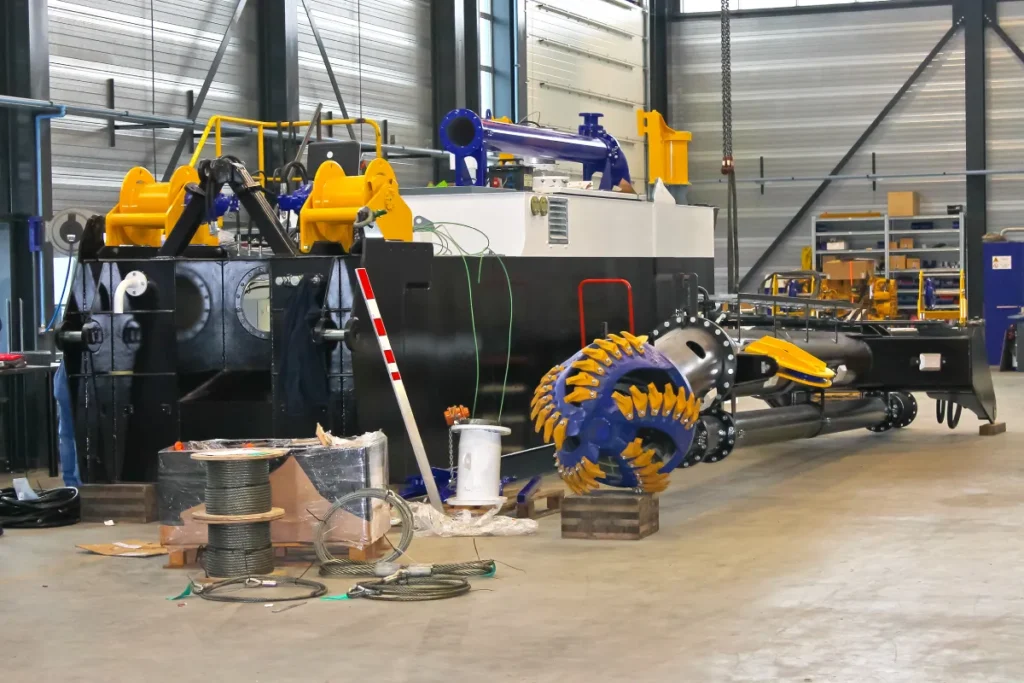
Not all restoration projects require the same equipment. The scope, location, and material type determine whether a portable dredge, a hydraulic system, or a targeted pump setup is best suited for a project. Dredge rental providers typically offer a range of equipment to match these variables, ensuring that projects from shoreline stabilization to lagoon cleanouts can be carried out effectively.
1. Dredge Pump Rental
- Designed to move high-solids slurries and abrasive sediments.
- Effective for coastal erosion control, river channel management, and contaminated sediment removal.
- Provides the flexibility to attach pumps to excavators, barges, or floating platforms.
- Popular choice when large volumes must be moved quickly without mobilizing a full dredge unit.
2. Pond Dredge Rental
- Ideal for small-scale applications like stormwater ponds, reservoirs, fish hatcheries, and agricultural lagoons.
- Compact designs allow for precision dredging in shallow or confined areas.
- Helps restore pond depth, remove nutrient-rich sludge, and improve water quality.
- Cost-effective for municipalities or farms where dredging is periodic rather than continuous.
3. Mechanical vs. Hydraulic Rentals
- Mechanical dredges: Suited for coarse or consolidated materials. Best when physical excavation is required.
- Hydraulic dredges: Designed for continuous pumping of fine sediments, slurries, and silt. Preferred for environmentally sensitive projects where turbidity control matters.
4. Matching Rental Type to Restoration Needs
- Beach nourishment → Hydraulic dredge rental.
- Lagoon dredging → Pond dredge rental.
- Wetland restoration → Dredge pump rental for high-precision sediment relocation.
- Stormwater system maintenance → Compact pond dredge rental.
Environmental Benefits of Choosing Rental-Based Dredging
Beyond cost and operational flexibility, dredge rental also offers significant environmental advantages that align with today’s restoration priorities. From reducing carbon footprints to ensuring compliance with strict ecological regulations, rental-based dredging provides a sustainable path forward.
1. Lower Environmental Impact Through Shared Resources
Owning heavy dredging equipment often means assets sit idle between projects, requiring maintenance, storage, and transport that all add to carbon emissions. With dredge pump rental or pond dredge rental, equipment is shared across multiple users, maximizing utilization and minimizing waste.
2. Access to Modern, Fuel-Efficient Fleets
Rental providers typically maintain the latest models of dredges and pumps. These machines are often engineered with improved fuel efficiency, optimized hydraulic systems, and reduced emissions. By renting, contractors can access this advanced technology without incurring the costs of upgrades.
3. Fit-for-Purpose Equipment Reduces Site Disturbance
Selecting the right dredge rental for each project ensures minimal ecological disruption. For instance, compact pond dredges can desludge lagoons or stormwater ponds with precision, reducing turbidity and safeguarding aquatic habitats. Hydraulic dredge rentals help control sediment suspension, an essential factor in environmentally sensitive waterways.
4. Compliance-Ready Equipment
Environmental regulations increasingly demand that dredging projects monitor turbidity, noise, and emissions. Many rental fleets are pre-equipped with monitoring tools or designed to meet these standards, simplifying compliance and reducing the risk of project delays.
How Dredge Rental Supports Key Coastal and Environmental Applications
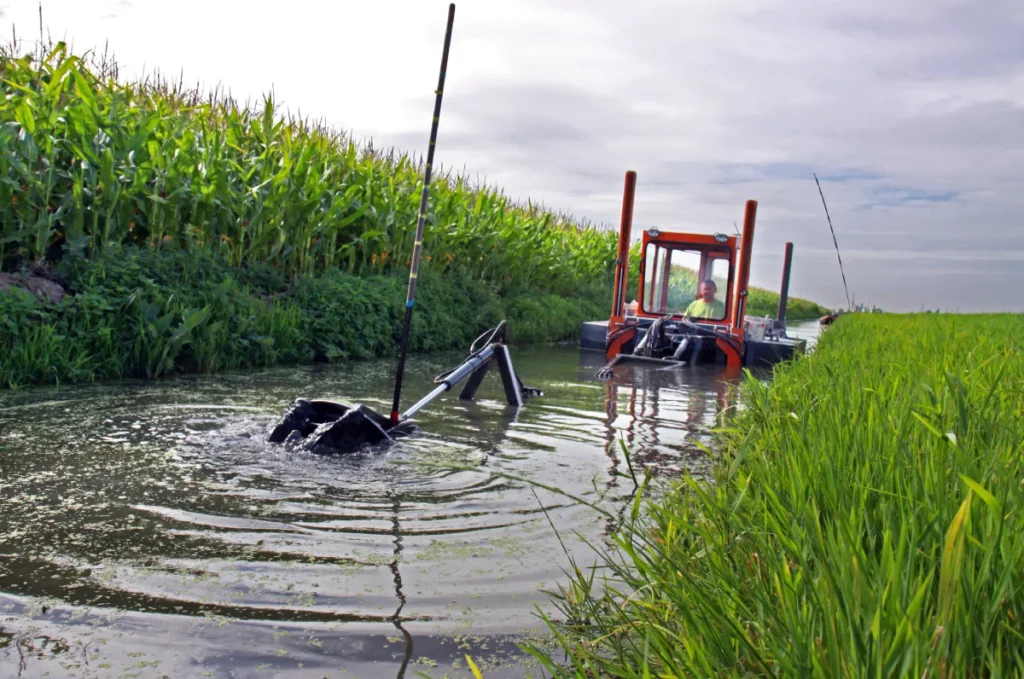
Dredge rental plays a crucial role in various restoration efforts where sediment management and waterway stability are vital. By choosing between dredge pump rental and pond dredge rental, project managers can match the right equipment to the scope and sensitivity of each job.
- Shoreline Stabilization – Hydraulic dredge rentals are commonly used to place sand and sediment back onto eroded beaches, protecting coastlines and property from storm damage.
- Wetland Restoration – Portable dredge pumps enable the precise placement of sediments to rebuild marshlands, enhancing biodiversity and natural flood protection.
- River and Canal Management – Dredge pump rental ensures channels remain navigable and free from sediment buildup, striking a balance between environmental flow and commercial needs.
- Pond and Lagoon Dredging – Compact pond dredge rentals restore depth, remove nutrient-rich sludge, and improve water quality for municipal and agricultural systems.
- Contaminated Sediment Removal – Specialized dredge pump rentals help safely remove and transport polluted sediments, thereby reducing ecological risks.
Project Planning with Dredge Rentals: Best Practices
Successful restoration projects depend not only on selecting the right equipment, but also on planning how that equipment will be utilized. With dredge rental, careful preparation ensures efficiency, compliance, and minimal environmental impact.
Key considerations when planning a rental-based project:
- Match equipment to project scope – A dredge pump rental is ideal for high-solids transport in rivers, while pond dredge rental works best for confined or shallow areas.
- Estimate sediment volume and type – Understanding whether you’re moving fine silt, coarse sand, or contaminated material helps define pump size and flow requirements.
- Assess site conditions – Consider water depth, access points, and potential restrictions in wetlands or urban environments.
- Plan for compliance – Ensure rental equipment supports turbidity monitoring and aligns with permitting requirements.
- Timeline alignment – Choose short-term or long-term contracts based on project length, avoiding unnecessary rental costs.
Challenges and Solutions When Using Dredge Rentals
While dredge rental offers clear advantages in flexibility and cost, projects in coastal and environmental restoration often face practical obstacles. Addressing these challenges early ensures smoother execution and better outcomes.
1. Logistics and Mobilization
Transporting heavy dredging equipment to remote or restricted-access sites can be a complex and costly process. Coastal zones may require permits for moving machinery, and inland projects often face limitations on road or site access.
Solution: Work with providers that offer delivery, barge transport, or modular equipment that can be assembled on-site. Many dredge pump rental options are compact and easier to mobilize, reducing logistical bottlenecks.
2. Operator Training and Familiarity
Restoration crews may not be experienced with the specific models available through rental fleets. Misuse can lead to inefficiencies or downtime.
Solution: Choose vendors that provide on-site training, manuals, and technical support. Some providers also offer operators as part of the rental agreement, ensuring optimal performance and reliability.
3. Equipment Sizing and Capacity Matching
Selecting the wrong pump size or dredge type can result in reduced productivity. An oversized pump may consume unnecessary fuel, while an undersized pond dredge rental may fail to keep up with sediment loads.
Solution: Conduct a detailed site assessment, including sediment characteristics and volume estimates. Rental partners often provide sizing recommendations to help avoid mismatches.
4. Maintenance and Downtime
Unexpected wear or breakdowns can cause delays in restoration work.
Solution: Opt for rentals that include preventative maintenance, spare parts availability, and swap-out guarantees. Providers with well-maintained fleets reduce the risk of downtime.
Conclusion: Why Dredge Rental is the Future of Restoration Projects
The growing demand for shoreline protection, wetland rehabilitation, and pond dredging has made dredge rental a practical choice for organizations seeking efficiency, flexibility, and environmental compliance. Whether it’s short-term emergency response or long-term restoration planning, rental-based dredging provides the latest technology without the burden of ownership. At Lone Star Dredging, we understand the unique challenges of restoration projects and provide tailored rental solutions to match your needs. By working with us, you gain a partner committed to helping you restore waterways, protect coastlines, and achieve your project goals with confidence.
